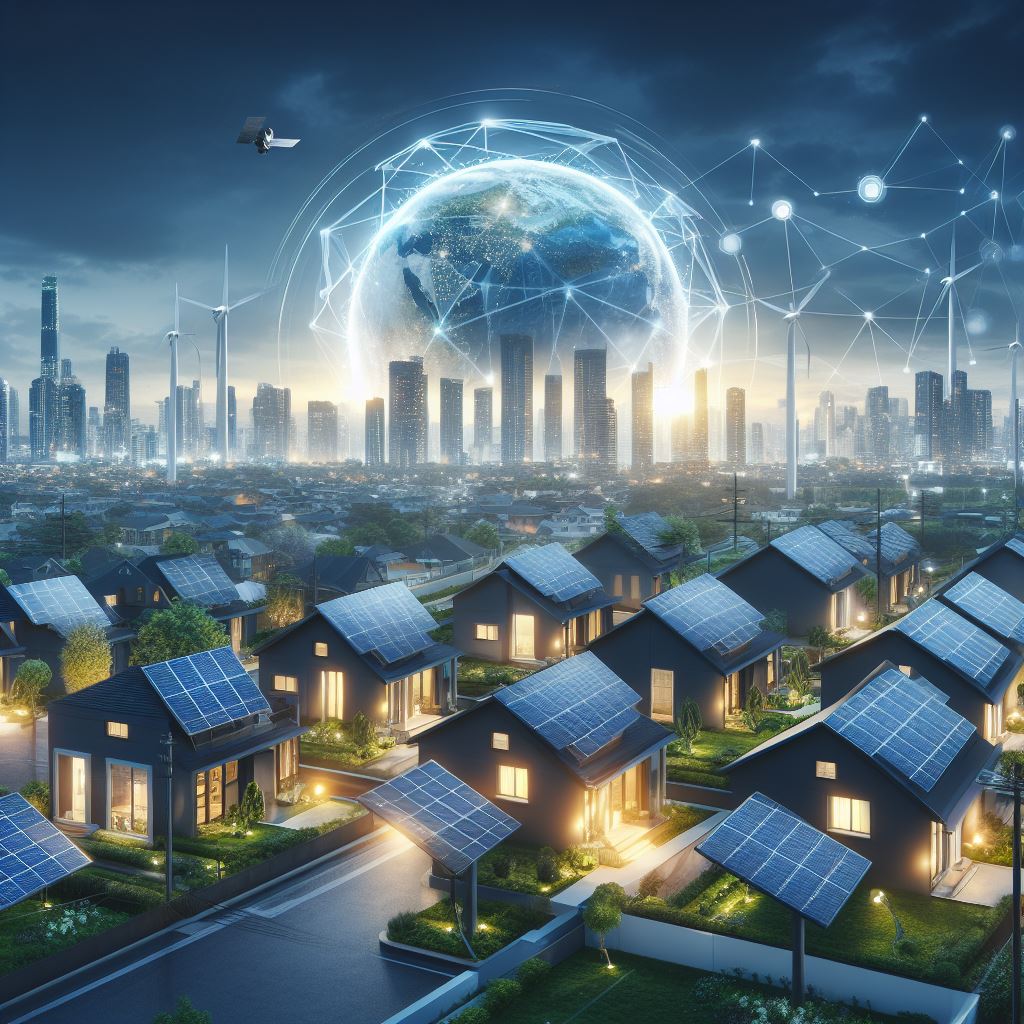The surge in residential solar installations is a testament to society’s commitment to a cleaner and more sustainable future. As homeowners increasingly turn their roofs into mini power stations, the very nature of our electricity grid—originally designed for one-way power flows—is being upended. While the benefits of solar are manifold, its proliferation presents certain challenges to the traditional electricity grid. Let’s delve into these complexities.
1. Intermittency and Variability
Solar power generation is inherently variable. It fluctuates based on the time of day, weather conditions, and seasonal variations. Unlike conventional power plants that can generate a consistent output, solar panels may produce high energy during sunny intervals and very little during cloudy periods or at night. This intermittency can lead to voltage fluctuations and stability issues, making grid management a complex task.
2. Reverse Power Flows
Historically, the grid was designed for a unidirectional power flow—from large centralized generation facilities to end-users. Solar homes can both consume electricity from the grid and feed excess power back into it. This bi-directional flow, especially when many homes are exporting power simultaneously, can create technical challenges related to voltage regulation and can stress traditional grid infrastructure.
3. Infrastructure Upgrades
Many existing electrical infrastructures, including transformers and substations, weren’t designed to handle the reverse power flow or the decentralized nature of numerous small-scale solar producers. Widespread solar adoption might necessitate substantial upgrades to these systems to ensure safe and reliable operations.
4. Duck Curve Dilemma
The “duck curve” phenomenon exemplifies a challenge faced by regions with significant solar penetration. During sunny afternoons, solar generation can significantly reduce the demand for grid electricity. However, as the sun sets and solar generation decreases, there’s a sharp rise in grid demand. This rapid ramp-up can strain grid resources and increase the reliance on fast-starting, often less-efficient and more-polluting, peaker power plants.
5. Economic and Policy Implications
With the influx of solar producers, traditional utility revenue models are being disrupted. As more consumers reduce their grid electricity consumption and even earn credits for exporting excess solar, utilities face revenue losses. This can lead to higher electricity prices for non-solar consumers or challenges in maintaining and upgrading grid infrastructure.
6. Grid Security Concerns
A distributed grid, with myriad generation points, offers multiple points of vulnerability. Whether it’s physical threats to numerous solar installations or potential cyber-attacks on smart solar systems, the widespread adoption of residential solar adds layers of complexity to grid security protocols.
7. Integration with Existing Systems
For efficient grid management, solar systems need to be seamlessly integrated with existing grid systems, demanding upgrades in technology, communication protocols, and often substantial investments in advanced grid management tools.
The Silver Lining
While challenges abound, solutions are emerging. Advanced battery storage systems are proving effective in mitigating intermittency issues. Smart grid technologies, demand response measures, and enhanced forecasting tools are evolving to address the unique demands of a solar-dominant landscape. Grid planners, policymakers, and industry stakeholders are actively collaborating to redesign the grid for the solar age.
In conclusion, the journey towards widespread residential solar integration is rife with challenges. However, with innovation and forward-thinking strategies, we are poised to reshape our grid, ensuring it remains resilient, efficient, and ready for a sustainable future.

